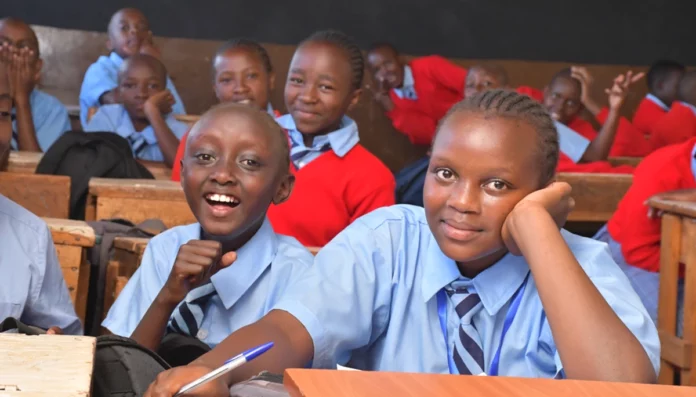We’ve got some exciting updates from the Ministry of Education that could potentially transform the landscape of nursery, primary, and junior secondary schools in Kenya. The Presidential Working Party on Education Reforms (PWPER) has proposed some groundbreaking changes to ensure efficient utilization of funds and enhance the quality of education. So, let’s delve into the details and explore the potential impact of these reforms!
The Birth of Comprehensive Schools
Imagine a future where nursery, primary, and junior secondary schools operate as a single unit under one institution called Comprehensive School. Inspired by the successful model of Kenya Medical Training College (KMTC), this integration aims to streamline operations, promote collaboration, and optimize resource allocation. Each Comprehensive School will be led by a principal, supported by teachers who will oversee the respective levels.
Prudent Financial Management
To ensure the responsible use of funds, the Ministry of Education plans to employ accountants and accounting clerks starting in 2024. These financial professionals will play a crucial role in overseeing the allocation and utilization of funds in nursery, primary, and junior secondary schools. With their expertise, we can expect greater transparency and accountability in financial matters, ensuring that every shilling is put to good use for the benefit of students.
Revised Admission Criteria
The PWPER recognizes the need for inclusivity and proposes revising the current admission criteria for teacher training. This will allow more students to access training and become educators. The changes will remove barriers that have limited the enrollment of aspiring teachers, ensuring that those with a passion for education have an opportunity to pursue their dreams. By expanding the pool of potential teachers, we can enhance the quality of education and nurture future leaders.
Equitable Funding for Comprehensive Schools
To ensure financial stability, the PWPER recommends a comprehensive funding approach for these schools. The government will provide capitation funds based on the number of learners, a minimum essential package, parental contributions, and sponsorships. This diversified funding model aims to reduce the burden on government resources while promoting community involvement in education. By harnessing multiple funding sources, we can create a sustainable framework for comprehensive schools and improve the overall educational experience.
Expanding Teacher Numbers and Infrastructure
Comprehensive schools will require a significant increase in the number of teachers to accommodate the expanded population of learners. The Teachers Service Commission (TSC) projections indicate that the demand for junior secondary school teachers will rise dramatically in the coming years. This means that the number of teachers in comprehensive schools could exceed the current count of primary and secondary school teachers combined. With ongoing recruitment efforts and the addition of 20,000 interns, comprehensive schools will be buzzing with a diverse and talented pool of educators.
To support this growth, the PWPER recommends infrastructure development. Underutilized and under-enrolled classrooms in primary schools will be renovated to cater to junior school learners. Additionally, the ministry plans to allocate a portion of the capitation funds for infrastructure development, enabling the construction of laboratories, extra classrooms, and other necessary facilities within a two-year period. By revitalizing the learning environment, we can create a conducive space for holistic development and innovative teaching practices.
Digital Literacy for the 21st Century
In the era of digital transformation, the PWPER proposes a framework to rejuvenate digital literacy in comprehensive schools. This signifies a revival of the Digital Literacy Programme project that was initiated in 2016. The aim is to equip students with essential digital skills and bridge the digital divide. By integrating technology into the curriculum and providing access to digital resources, we can empower learners to thrive in the digital age.
These proposed reforms highlight the government’s commitment to revolutionizing education in Kenya. By consolidating nursery, primary, and junior secondary schools into comprehensive units, ensuring prudent financial management, and investing in infrastructure and digital literacy, we can create a brighter future for our students. Let’s rally behind these reforms and work together to build a robust and inclusive education system that prepares our youth for success in an ever-changing world.
Disclaimer: These proposals are subject to approval and further discussions. We will keep you updated on any developments regarding the implementation of these reforms. Stay tuned for more exciting news in the world of education!
